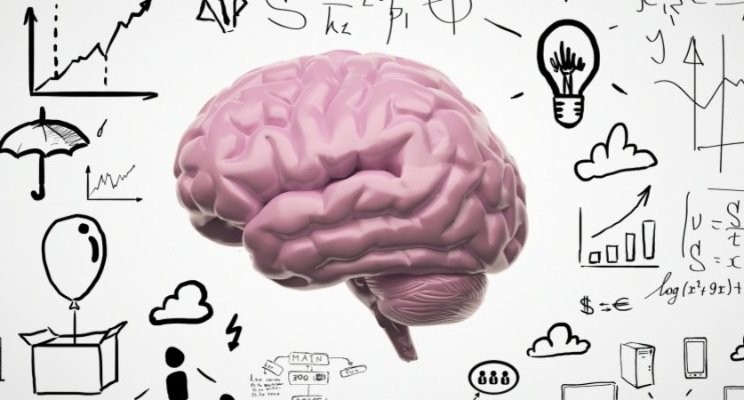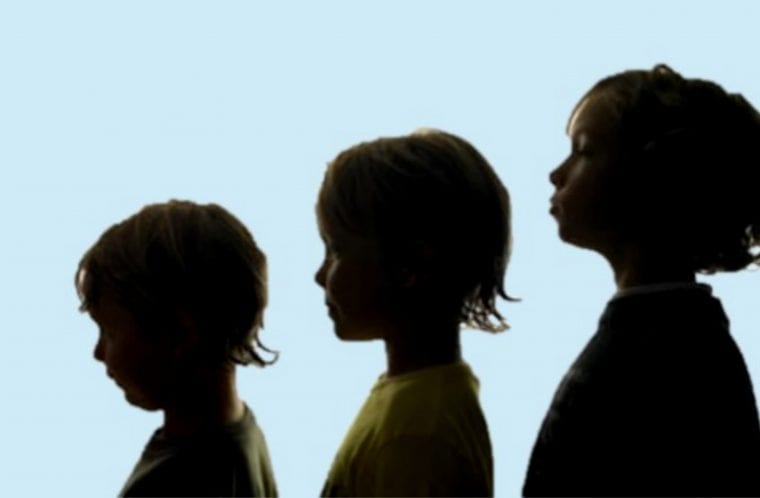Cognitive Biases: Unwinding the Irrationalities of Human Reasoning
Cognitive biases are mental flaws that can cause us to make irrational decisions and judgments. These inclinations are a characteristic piece of our mental cycles and have developed as mental easy routes to assist us with handling data rapidly. However, they can also cause mistakes in judgment and decision-making, affecting how we see the world and how we act.
It is essential to have an understanding of these cognitive biases because they have a significant impact on how we think, feel, and act. By perceiving and recognizing these predispositions, we can pursue more educated and levelheaded choices, prompting improved results in different parts of our lives.
Bias in Confirmation:
Confirmation bias occurs when we seek or interpret information in a manner that supports our preexisting hypotheses or beliefs while ignoring or dismissing evidence that is in opposition to those beliefs or hypotheses. Stereotypes can be perpetuated, echo chambers in social media can be strengthened, and selective news consumption can result from this bias.
Bias Anchoring:
Mooring inclination alludes to our propensity to depend too vigorously on the primary snippet of data experienced while simply deciding. Our judgment can be skewed by this initial “anchor,” and it can prevent us from properly adjusting our perceptions based on new, pertinent information.
Accessibility Heuristic:
The accessibility heuristic is the inclination to pass judgment on the probability of an occasion in view of how effectively we can review pertinent models or examples from memory. The probability of vivid or memorable events can be overestimated, resulting in biased decision-making.
Pomposity Impact:
The pompous impact is when people will generally misjudge their capacities, information, or the precision of their decisions. This predisposition can prompt mistakes in judgment and direction, as individuals might face challenges or go with choices in view of unwarranted certainty.
The Sunk Cost Error:
When people continue to invest time, money, or effort into a project or decision even though they have already invested significant resources, they commit the sunk cost fallacy, regardless of the likelihood of success or benefits in the future.
How They Make Life Worse
Cognitive biases are thought patterns that are ingrained deeply and can cause people to make irrational decisions and judgments. While these inclinations developed as mental alternate routes to assist us with handling data rapidly, they can unfavorably affect our lives when left uncontrolled. In this article, we will investigate how mental predispositions can exacerbate life for people, influencing their direction, connections, profound prosperity, and general personal satisfaction.
Decision-Making Impairment:
Mental predispositions can altogether weaken navigation. For instance, confirmation bias can cause people to ignore contradictory evidence in favor of information that supports their existing beliefs. People may, as a result, make decisions based on inaccurate or biased information, which can have unfavorable effects on a variety of aspects of life, including financial decisions, career choices, and personal relationships.
Stressed Connections:
The way we perceive and interact with other people can be affected by biases like the availability heuristic. We may unfairly judge and treat another person based on vivid or easily recalled negative experiences with them. This can make relationships difficult and prevent us from making connections with other people that are meaningful.
Expanded Pressure and Tension:
Unnecessary anxieties and worries can be fueled by cognitive biases. For example, catastrophizing, a mental twisting, includes amplifying expected adverse results and accepting the worst situation imaginable. Taking part in catastrophizing can prompt uplifted pressure and tension, making it hard to adapt to ordinary difficulties.
Mistaken Self-Insight:
Predispositions like the Dunning-Kruger impact can lead people to misjudge their capacities and information while underrating their inadequacies. People who are overconfident may be less likely to seek assistance or learn from their mistakes, which can lead to a lack of self-awareness and stagnation.
Upset Critical thinking:
The anchoring bias can make it difficult to solve problems creatively. When people focus on the first piece of information they come across, it can prevent them from looking into other options or considering more options.
Unsettled Clashes:
Mental predispositions can add to unsettled clashes in private and expert settings. For instance, the crucial attribution blunder includes crediting others’ negative ways of behaving to their personality while pardoning our own pessimistic activities as situational. Misunderstandings, resentments, and ongoing disputes are all possible outcomes of this bias.
Block in Development and Change:
Biases like the “status quo” bias can keep people from trying new things or taking risks, even when doing so could help them grow as people and improve their lives.
Therapeutic Approaches
Certainly! Let’s look at some examples to see how various therapeutic approaches can be used in real-world situations:
Cognitive Behavioral Therapy (CBT):
Example: Sarah encounters social tension and will in general stay away from social circumstances. Through CBT, she figures out how to recognize negative idea designs like “Everybody will pass judgment on me” and challenge them with proof. She gradually attends social events and engages in exposure exercises before realizing that her fears were exaggerated. Thus, Sarah turns out to be more sure about group environments and structures of new fellowships.
Mindfulness-Based Therapy:
Example: John rehearses care contemplation each prior day before beginning work. He uses mindfulness techniques to remain present and concentrate on the task at hand when confronted with a stressful office situation, even though he notices his tension rising. This permits him to deal with the circumstance smoothly and settle on additional insightful choices.
Acceptance and Commitment Therapy (ACT):
Example: Lisa experiences frustration due to her limitations and chronic pain. In ACT, she figures out how to acknowledge her aggravation as a component of her life and focuses on taking part in exercises that line up with her qualities, like investing quality energy with her loved ones. She is able to find joy and purpose despite her pain thanks to this mental shift.
Family therapy:
Example: Therapy is being sought by the Garcia family to address frequent disagreements and miscommunication. They practice expressing their emotions in an open and respectful manner and acquire skills in active listening during sessions of family therapy. Therefore, relatives feel more comprehended and associated, prompting a more amicable home climate.
Interpersonal Therapy (IPT):
Example: Alex is battling with sensations of forlornness and separation. In IPT, he investigates past relationship examples and chips away at further developing his relational abilities. He starts getting in touch with old friends and joins clubs to build a supportive network and feel less lonely.
Art Therapy:
Example: Maria is managing misery after the departure of a friend or family member. In workmanship treatment, she makes a composition addressing her feelings and recollections. She is able to express her emotions and find solace in artistic expression through the creative process, which helps her heal.
Therapy for Dialectical Behavior (DBT):
Example: Michael hurts his relationships when he lashes out violently. Through DBT, he learns trouble resilience strategies, similar to profound breathing and care works out. He starts using these skills when he is triggered, preventing his anger from getting worse and improving his relationships.
Solution Focused Brief Treatment (SFBT):
Example: Anna struggles to strike a balance between her work and personal life due to her workload. In SFBT, she begins to identify her strengths, such as her ability to manage her time and sets small, attainable goals. By zeroing in on these qualities and achievements, Anna acquires a feeling of control and encounters decreased business-related pressure.
Play Treatment:
Example: David, a youngster battling with nervousness, participates in play treatment meetings where he utilizes dolls and toys to carry on situations. Through play, he figures out how to communicate his feelings and fears in a safe and harmless climate, steadily fabricating certainty to confront his tensions.
These models show how treatment strategies can be applied in day-to-day existence to address different difficulties and encourage self-awareness and prosperity. Remedial methodologies can engage people to explore troubles, foster adapting abilities, and make positive changes in their lives.
Conclusion
In conclusion, therapy aids individuals in overcoming life’s obstacles and achieving personal growth by supporting their mental and emotional health. Therapy allows people to explore their thoughts, feelings, and behaviors in a non-judgmental and safe environment, allowing them to gain insight into their lives and make positive changes.
Because it provides professional support, coping mechanisms, and tools for managing conditions such as anxiety, depression, and traumatic stress, therapy is essential for people who are struggling with mental health issues. Additionally, it helps people adapt to and thrive in new circumstances by assisting them in coping with life changes like transitions and losses.
People can develop healthier coping mechanisms, break out of unhealthy patterns, and build emotional resilience through therapy. It improves their overall well-being and life satisfaction by allowing them to gain clarity, make decisions based on information, and cultivate healthier relationships.
Cognitive Biases: Unwinding the Irrationalities of Human Reasoning Read More »



